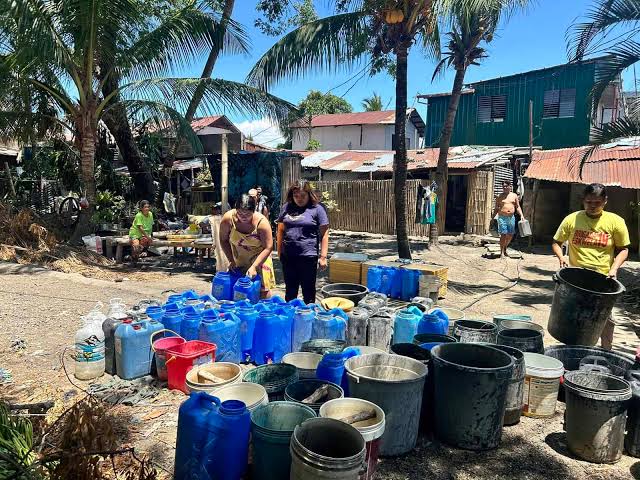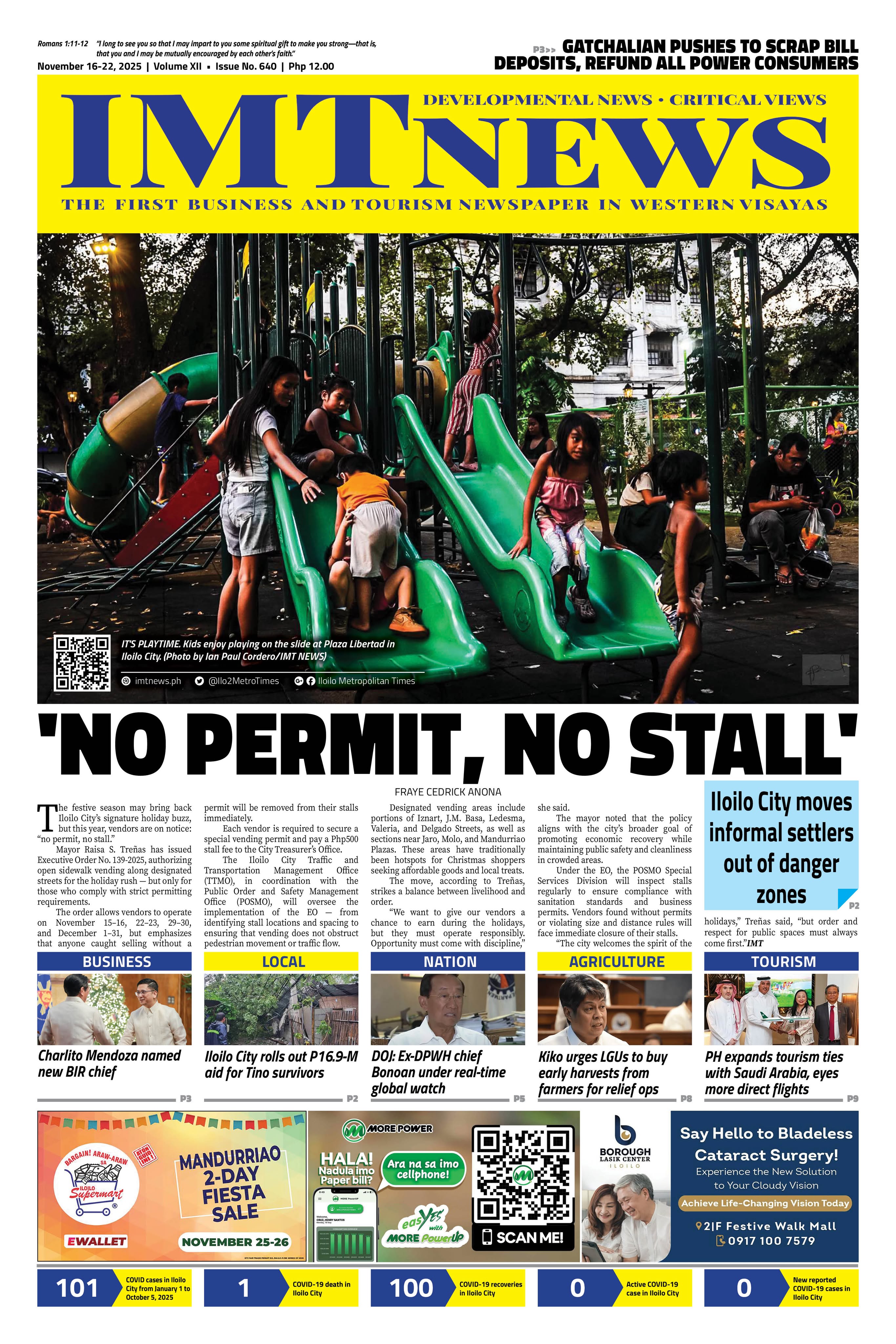As water woes deepen across the country, the Metro Iloilo Water District (MIWD) has signed a memorandum of understanding (MOU) with the National Irrigation Administration (NIA) to explore sourcing bulk water from the Jalaur River Multipurpose Project Phase II (JRMP II)—a move seen as a response to intensifying criticism from both Malacañang and the public.
The signing came just a day after President Ferdinand Marcos Jr., in his fourth State of the Nation Address (SONA), revealed that more than six million consumers across the country continue to endure unreliable and substandard water service.
“We’ve received countless complaints of dry taps—over six million consumers across the country remain affected,” the President said.
Marcos warned underperforming water districts and their private partners to either shape up or face sanctions.
“The Local Water Utilities Administration will ensure water services are improved, prices remain affordable, and those who fail in their duties are held accountable,” he said.
Senator Risa Hontiveros echoed the President’s concerns, vowing to lead a Senate inquiry into the country’s troubled water service sector.
“I am looking forward to a full Senate hearing on this issue,” she said.
Formed in 2018, Metro Pacific Iloilo Water (MPIW)—a 25-year joint venture between Metro Pacific Water and the government-owned MIWD—was created to rehabilitate and manage water distribution in Iloilo City and nearby towns.
Yet after nearly seven years, its household service coverage remains at a dismal 27 percent, with many residents still relying on water delivery trucks or shallow wells.
Critics, however, question whether this newly inked MOU will offer real relief anytime soon.
“Can a document signed in hours truly deliver water to faucets that have been dry for decades?” one concerned resident asked.
“If they can’t even fix their own building or lay down half a kilometer of pipes without Metro Pacific’s help, how can they manage a multi-million-liter water project?” another remarked.
Under the agreement, MIWD will lead a comprehensive feasibility study to assess the viability—technical, financial, legal, and environmental—of drawing up to 86 million liters per day from JRMP II.
The water district will also oversee the construction and operation of a section of the high-line canal that would deliver raw water to its system. Ownership of this infrastructure will revert to NIA.
The entire plan still awaits approval from the National Water Resources Board (NWRB).
Meanwhile, a competing bulk water proposal from Aboitiz InfraCapital (AIC) is advancing under a Swiss challenge process.
Already granted original proponent status and unanimously backed by the Iloilo City Council, the AIC plan also eyes JRMP II as its main source.
In a statement, AIC maintained that the MIWD-NIA agreement does not affect its own proposal.
“We continue to move forward to deliver urgent and collaborative solutions to Iloilo’s water challenges,” it said.
The company added that it had completed its feasibility study, submitted its infrastructure and financial plans, and is in talks with NIA to obtain the necessary water permit.
Iloilo City Mayor Raisa Treñas welcomed the parallel initiatives but issued a reminder: “What matters most is preventing any monopoly in water distribution.”
MPIW Chief Operating Officer David Angelo Berba disclosed that NIA had tapped the Asian Development Bank as an adviser for the project.
Should MIWD fail to secure the water rights, Berba said, MPIW may have to look for alternative sources from other entities.
At present, only 6,480 out of more than 120,000 MPIW customers enjoy daily water supply—water that remains not 100 percent safe for human consumption.
With promises piling up on paper and Ilonggos still grappling with dry faucets, the question lingers: will these agreements finally quench the city’s decades-long thirst, or will they be yet another drop in the bucket?IMT







